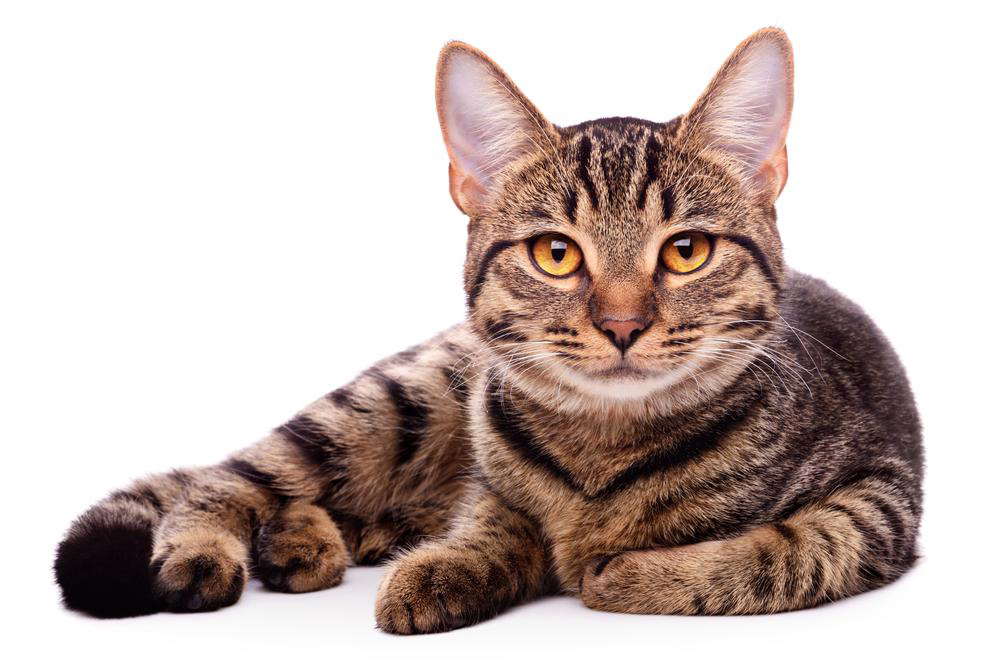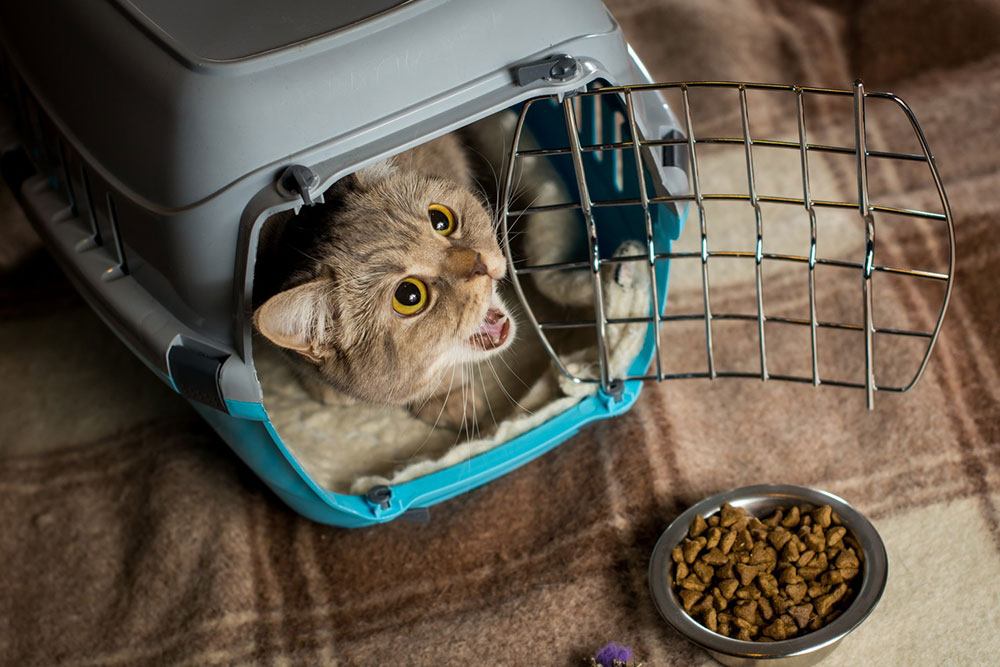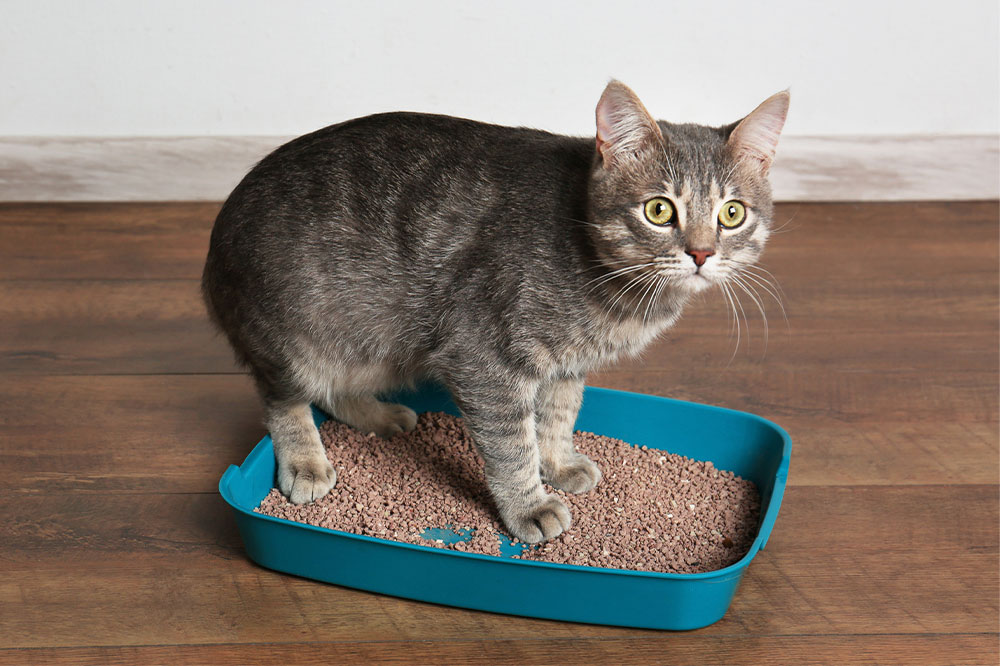Comprehensive Guide to Responsible Cat Ownership: Tips for a Happy and Healthy Feline Companion
This comprehensive guide offers essential tips for responsible cat owners, covering feline behavior, environment setup, nutrition, health care, grooming, and building strong bonds. It aims to help pet owners understand their cats better and provide the best care for a healthy, happy feline companion. Perfect for both new and experienced owners, this detailed advice fosters a trusting relationship and ensures your cat's well-being.

Comprehensive Guide to Responsible Cat Ownership: Tips for a Happy and Healthy Feline Companion
Owning a cat can be a rewarding experience that brings joy, comfort, and companionship into your home. However, ensuring your feline friend stays healthy, happy, and well-adjusted requires knowledge, patience, and consistent care. Whether you are a seasoned cat owner or newly adopting a cat for the first time, understanding your pet’s unique needs is essential. This extensive guide aims to provide you with detailed insights into responsible cat ownership, covering everything from understanding feline behaviors to selecting the right supplies, creating a stimulating environment, and maintaining their health.
Caring for a cat involves more than just providing food and shelter; it requires attentiveness to their emotional and physical well-being. Cats are complex creatures with distinctive behaviors and preferences, which, when understood correctly, can foster a strong bond between you and your pet. This guide discusses the key aspects of responsible care—helping you build a trusting and loving relationship while ensuring your cat thrives in your home.
Understanding Feline Behavior and Body Language
One of the foundational elements of caring for a cat is learning to interpret their behavior and body language accurately. Cats communicate largely through subtle gestures and vocalizations, and understanding these cues can prevent misunderstandings and help address their needs more effectively.
Body language cues: A cat’s tail position is often a reliable indicator of their emotional state. An upright tail with a slight wag suggests happiness and confidence. Conversely, a low or tucked tail can indicate fear or stress, while a flicking or lashing tail might signal irritation or agitation. Paying close attention to these signs will help you respond appropriately, providing reassurance or space as needed.
Behavioral signs of distress or illness: Cats are known to hide pain and discomfort. Changes such as decreased activity, loss of appetite, reluctance to use the litter box, or sudden aggression should not be ignored. If your feline exhibits any such signs, it’s crucial to seek advice from a veterinarian promptly. Recognizing subtle shifts in mood or behavior can make all the difference in maintaining their health and well-being.
Creating a Comfortable and Stimulating Environment
Ensuring your cat’s environment is inviting and engaging is vital for their mental and emotional health. Cats are naturally curious and energetic animals, requiring mental stimulation and physical activity to prevent boredom and destructive behaviors.
Designing your cat’s space: Provide cozy resting spots, such as soft beds or sunny window perches, where your cat can relax and observe their surroundings. Cat trees, scratching posts, and interactive toys foster exercise and satisfy natural scratching instincts, reducing damage to furniture and maintaining their claws healthfully.
Safe outdoor access: If outdoors, ensure your yard is secure to prevent escape or injury. Supervised outdoor time or enclosed patios offer enrichment without the risks associated with free roaming.
Nutrition and Feeding Tips for Cats
Feeding your cat a balanced diet is essential for their longevity and overall health. Consult your veterinarian to determine the best nutritional plan tailored to your cat’s age, weight, and health status.
Type of food: Most cats thrive on high-quality commercial cat food that provides complete nutrition. It is advisable to choose unscented, natural, and preferably grain-free options. Wet food can help with hydration, while dry kibble promotes dental health.
Dietary consistency: Cats are creatures of habit and can become stressed by frequent changes in diet. Keep feeding routines consistent and avoid sudden switches unless recommended by your veterinarian. Fresh water should always be available to encourage hydration and support kidney health.
Health Care and Veterinary Needs
Routine veterinary care is vital for preventing disease and early detection of health issues. Regular check-ups, vaccinations, parasite control, and dental care form the backbone of responsible pet ownership.
Vaccinations: Keep your cat’s vaccinations up to date, including rabies, feline distemper, and other core vaccines.
Preventative treatments: Regular deworming, flea, and tick prevention protect your feline from common parasites and associated discomforts.
Dental health: Dental hygiene can be maintained by brushing your cat’s teeth regularly and providing dental treats or toys designed for oral care. Visit the vet for professional cleanings if necessary.
Grooming and Hygiene
Maintaining your cat’s cleanliness supports their health and enhances their comfort. Regular brushing helps manage shedding and prevents matting, especially in long-haired breeds. Use appropriate grooming tools and be gentle to avoid causing stress or skin irritation.
Cleaning the litter box is equally important. Use unscented, clumping litter in a quiet, accessible location. Clean the box daily to prevent odors, infections, and discourage your cat from avoiding it. Providing multiple litter boxes is recommended for households with multiple cats.
Building a Bond with Your Cat
Finally, nurturing a strong bond with your feline companion hinges on patience, respect, and positive interactions. Spend quality time with your cat, engaging in gentle play and offering affection on their terms. Avoid forcing interactions, as this can cause stress and mistrust.
Understanding your cat’s unique personality and preferences will help you create a harmonious environment where both of you can thrive. With consistent care, attentive observation, and compassion, you can ensure your cat remains a cherished member of your family for years to come.





